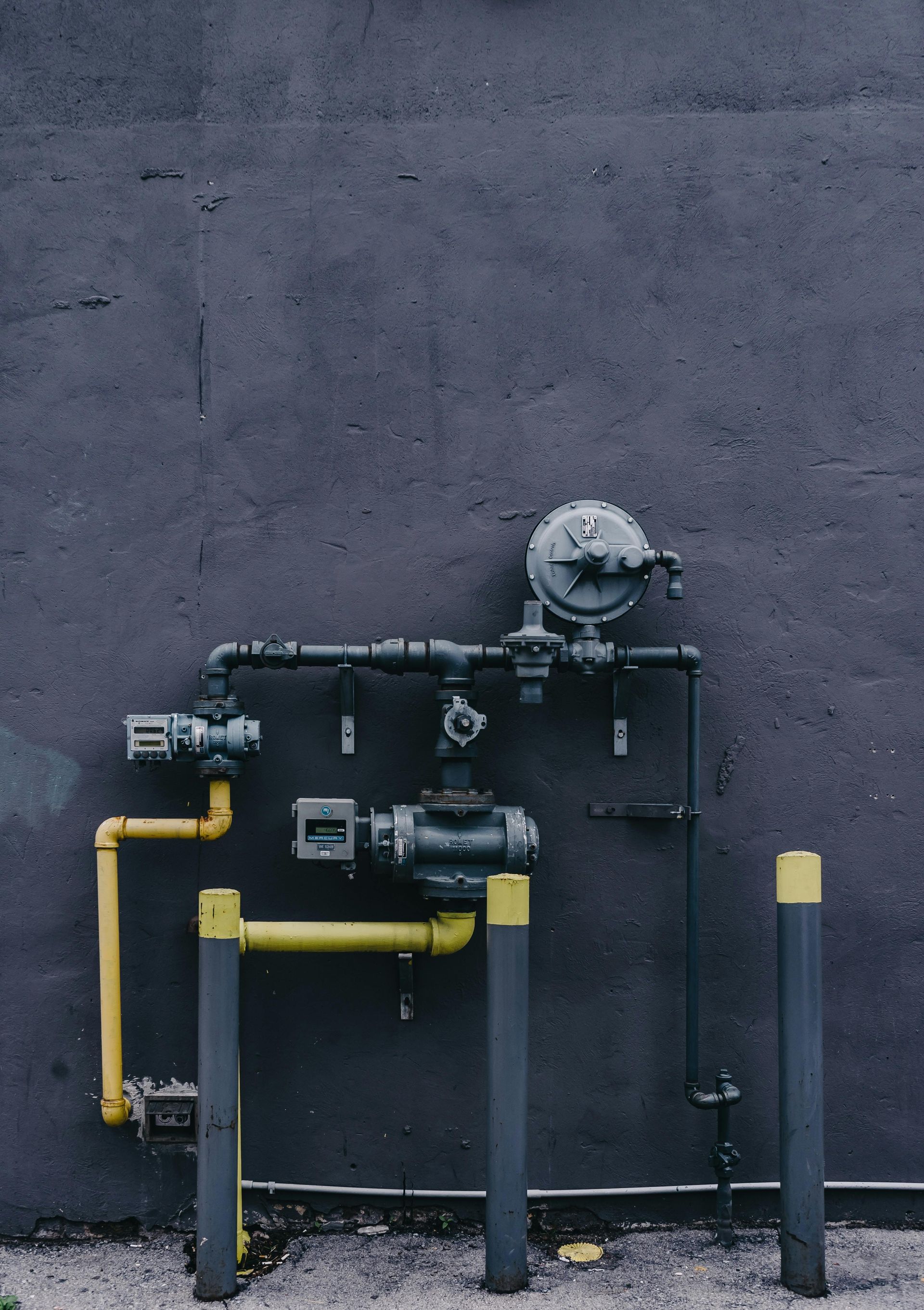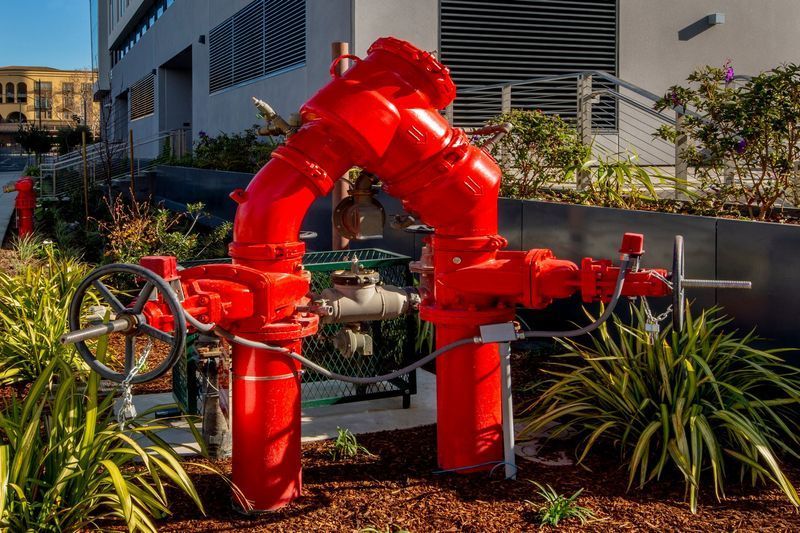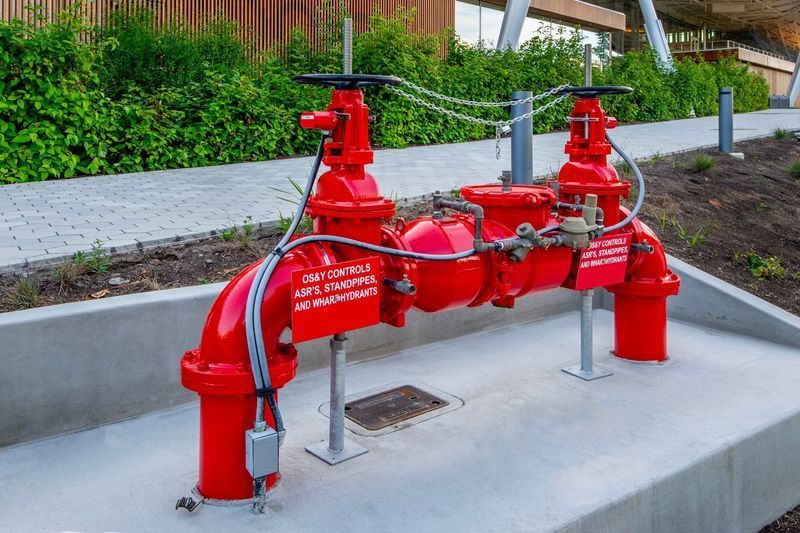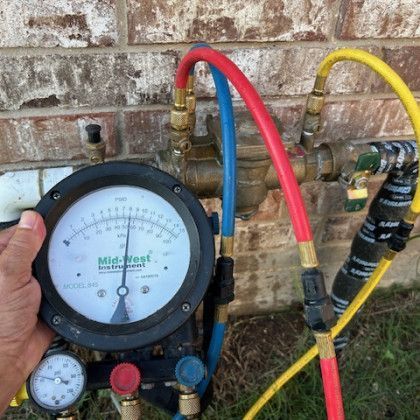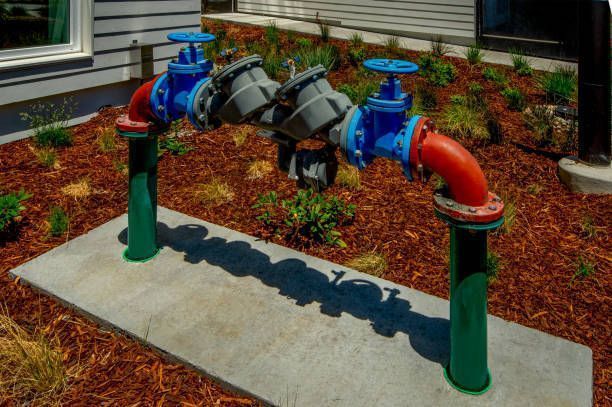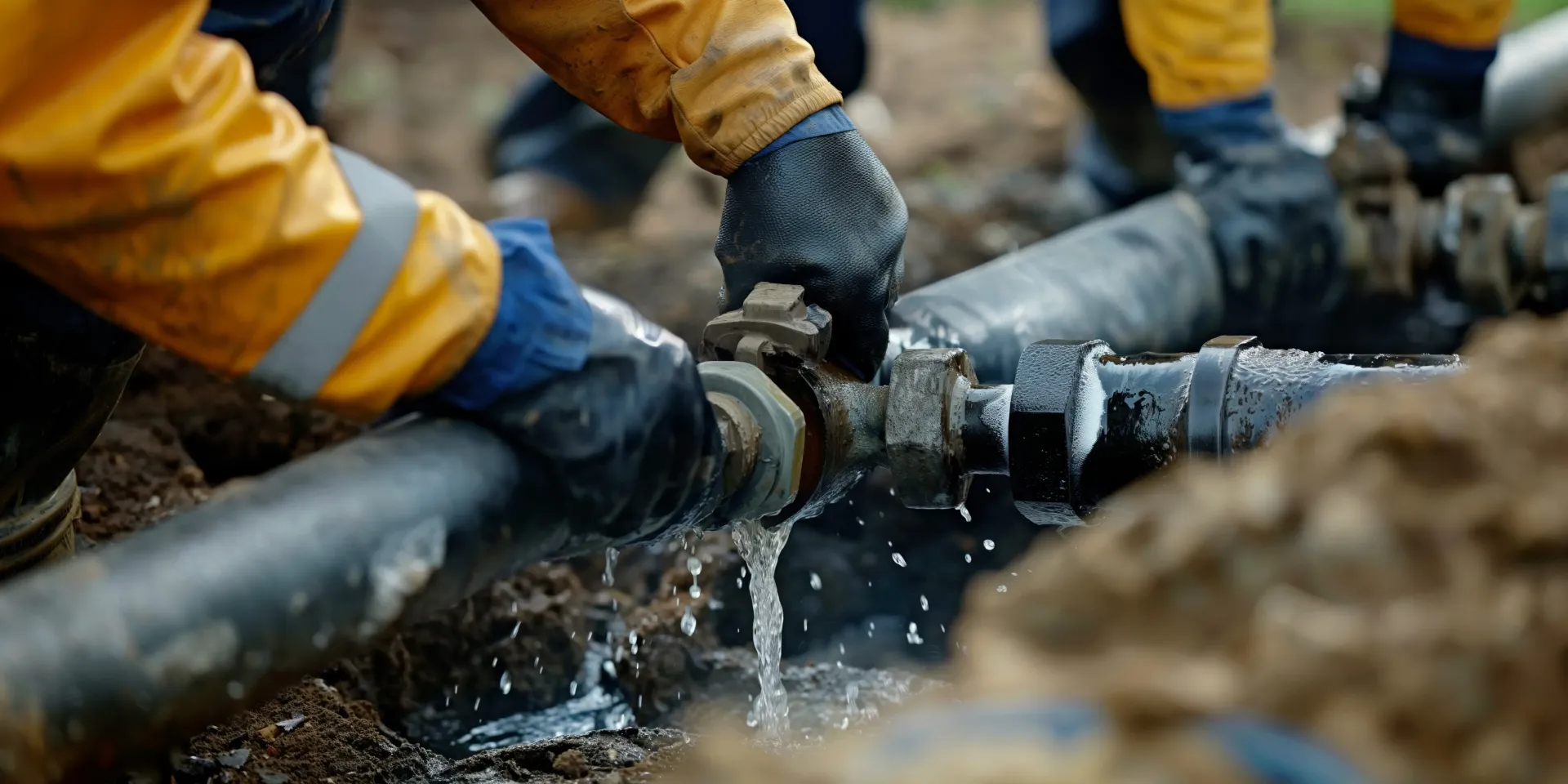How Backflow Can Contaminate Your Water Supply in Round Rock, TX
You trust your tap water to be clean, right? Whether you're filling up your dog's bowl, rinsing vegetables, or brewing your third cup of coffee before 9 a.m., clean water is something we all count on. But what if that clean water suddenly wasn’t so clean anymore? That’s where backflow comes in, and it’s not just some boring plumbing term. It's a real risk that can sneak into your pipes and contaminate your water supply in Round Rock, TX.
Backflow happens when water flows in the wrong direction. This means contaminated water can enter your clean water system. This reversal can be caused by a change in water pressure, like when firefighters open a hydrant nearby or a main water line breaks. Without proper backflow prevention, you could end up with lawn fertilizer, chlorine, or even pesticides mixing in with your morning shower. Not the kind of surprise anyone wants.
And here’s the kicker. Most homeowners don’t even know it’s happening until it’s too late. That’s why knowing the facts and investing in backflow prevention is so important. Let’s take a closer look at what causes backflow, why it’s a problem in Round Rock, and how to protect your home from potential contamination.
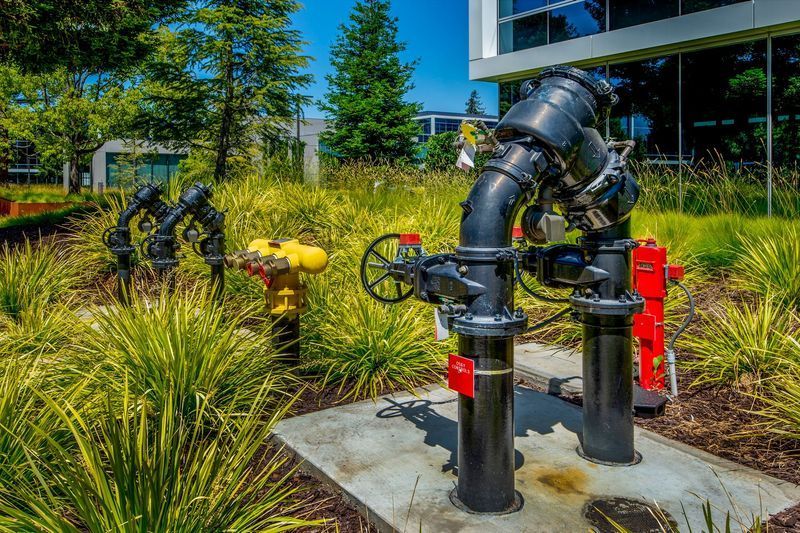
What Causes Backflow in Residential and Commercial Plumbing Systems?
To put it simply, backflow is caused by pressure problems. There are two types to know about: backpressure and backsiphonage.
- Backpressure happens when the pressure inside your home or building is greater than the pressure in the city water supply. This can push contaminated water into your clean water lines.
- Backsiphonage occurs when there is a sudden drop in the city’s water pressure. This creates a vacuum effect that can pull contaminated water into your pipes.
Think of it like a straw. When you stop sipping, the liquid stops. But if something pulls hard enough on the other side, it can suck things in you really don’t want to taste.
In Round Rock, the risk is higher for homes with sprinkler systems, pools, or older plumbing. Commercial properties with soda machines, fire suppression systems, or industrial equipment are also at risk.
Common Contaminants That Can Enter Your Water Supply Through Backflow
It might not seem like a big deal to leave your hose in a bucket or let it sit in your pool, but those simple habits can create serious risks. Backflow can introduce a variety of contaminants into your water supply.
Here are just a few of the worst offenders:
- Fertilizers and Pesticides – Chemicals from your lawn can backflow into your home if there is a drop in water pressure.
- Pool Water – Pool water is full of chlorine and other chemicals. If you are filling your pool without the proper precautions, you could be letting those chemicals back into your drinking water.
- Cleaning Products – Household or commercial cleaning chemicals can sneak into water lines when mop buckets or utility sinks are left unprotected.
- Sewage and Wastewater – In extreme cases, untreated waste can back up into your system. Yes, it’s as bad as it sounds.
These contaminants are not just unpleasant. They can lead to serious health risks, including stomach illnesses, skin irritation, and worse. That is why having the right backflow prevention information and systems in place is essential in Round Rock, TX.
How to Prevent Backflow in Your Round Rock Property
If you’re now side-eyeing every hose in your yard, don’t worry. Backflow is preventable, and there are simple ways to protect your home or business.
1. Install a Backflow Prevention Assembly (BPA)
This device ensures that water only flows in one direction. It is required for irrigation systems in many areas and can be a lifesaver for your water supply.
2. Schedule Annual Backflow Testing
Devices wear out and lose effectiveness over time. Regular testing by a certified technician helps you catch issues early.
3. Keep Hoses and Faucets Elevated
Never submerge hoses in pools, buckets, or ponds. This can allow dirty water to siphon back into your system.
4. Train Your Family or Employees
Teach safe water practices. If you own a business, ensure your team is aware of best practices for preventing contamination.
Protecting your water is like locking your front door. You might not expect trouble, but it only takes one incident to wish you had taken precautions.
Contact Central Texas Backflow for Trusted Backflow Services in Cameron, TX
Stay Safe and Protect Your Water Supply
If you are not sure whether your property is protected from backflow, or if you need testing or repairs, Central Texas Backflow is here to help. We offer expert backflow testing and repair services for homes and businesses throughout Cameron, TX and the surrounding areas, including Round Rock. Our technicians are fully certified and equipped to handle all types of backflow assemblies.
Don't take chances with your water. Call our team at
(979) 530-5300 to schedule an inspection or service appointment. Whether you need annual testing, urgent repair, or honest advice, we’re just a phone call away. Clean water starts with a clean system, and we’re here to help you keep it that way.
FAQs
What is backflow and why is it dangerous?
Backflow is the reverse flow of water from a contaminated source into your clean water supply. It can carry fertilizers, chemicals, and even sewage into your drinking water, posing serious health risks.
Do I really need a backflow preventer at home?
Yes, especially if you have an irrigation system, pool, or older plumbing. A backflow preventer helps ensure contaminated water cannot enter your home’s clean water supply.
How often should I test my backflow prevention device?
In most cases, backflow preventers should be tested once per year. This helps ensure the device is working properly and meets local codes.
What does a backflow test involve?
A certified technician checks your device for proper operation, looks for leaks, and confirms that water is flowing in the correct direction. It is a quick process that could prevent big problems.
Who should I call for backflow information in Round Rock, TX?
You can call Central Texas Backflow at (979) 530-5300. We provide backflow prevention information, testing, and repairs throughout Round Rock and surrounding areas.
